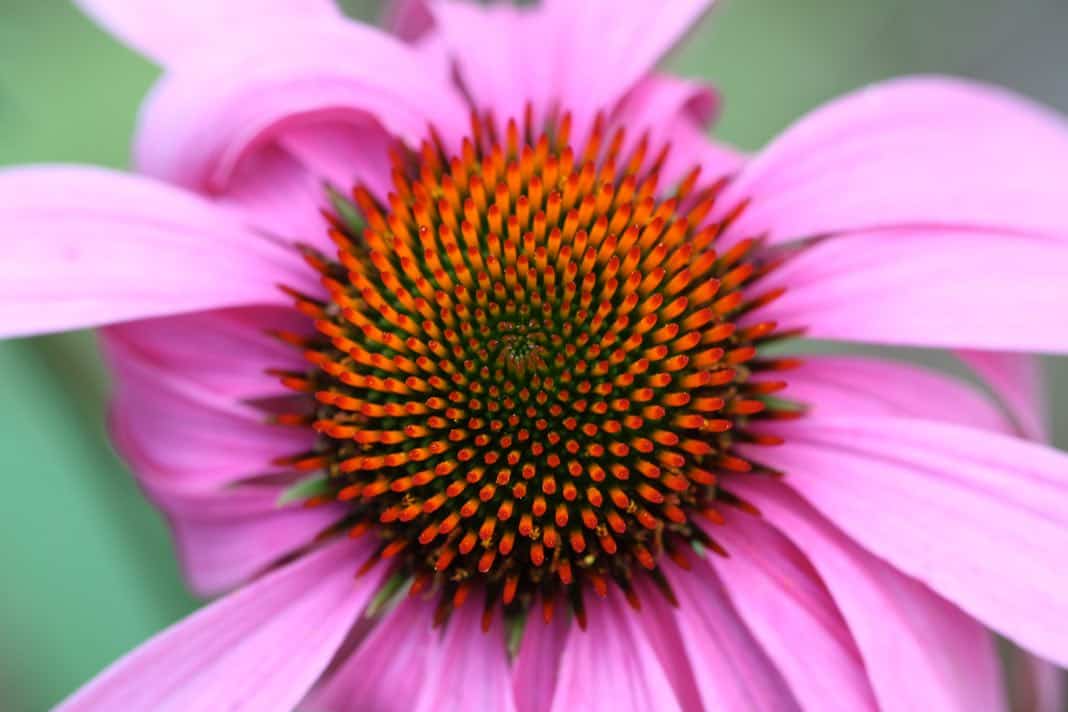

Growing purple coneflower from seeds is easy enough for the beginning gardener, while long-time gardeners delight in the ease of how to care for coneflowers. Root division should be limited to every three to four years. Younger coneflower plants may not have developed a root system that is extensive enough for division. Only plants that have been in the ground for three years or longer should be divided.

Purple coneflower plants may be started from seed or root division: In more southern areas, morning sun may facilitate the best performance, with late afternoon shade protecting the plants from burning.
#Purple coneflower companion plants full#
Full sun is defined as at least six hours of sun each day. When planting purple coneflower, locate them in a full sun area.

Rich or heavily amended soil may result in lush foliage and poor flowering. Purple coneflower plants grow best in poor or lean soil. The sturdy stalks, which may reach 5 feet (1.5 m.) in height, rarely bend or require staking for an upright appearance.Ĭoneflower plants may actually display pink flowers, when the cultivar Echinacea purpurea ‘Pink Double Delight’ is planted. The plant also provides a tall background or repeating rows of large, often 6 inches (15 cm.) across, purple, daisy-like flowers. Planting purple coneflower ( Echinacea purpurea) in the garden or flower bed draws bees and butterflies, ensuring that nearby plants have plenty of pollinators. A native to the eastern United States, purple coneflowers are found in many flower gardens.


 0 kommentar(er)
0 kommentar(er)
